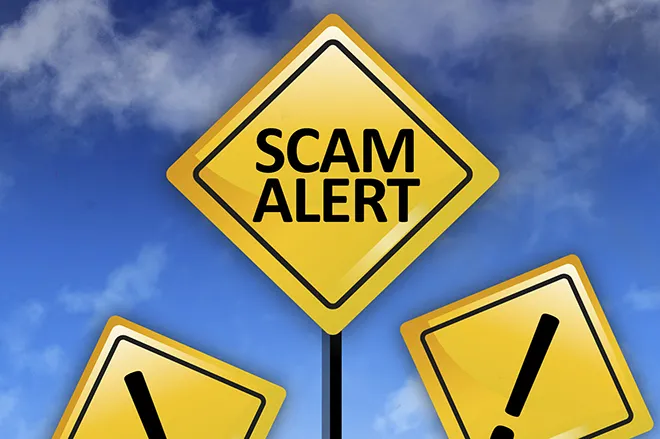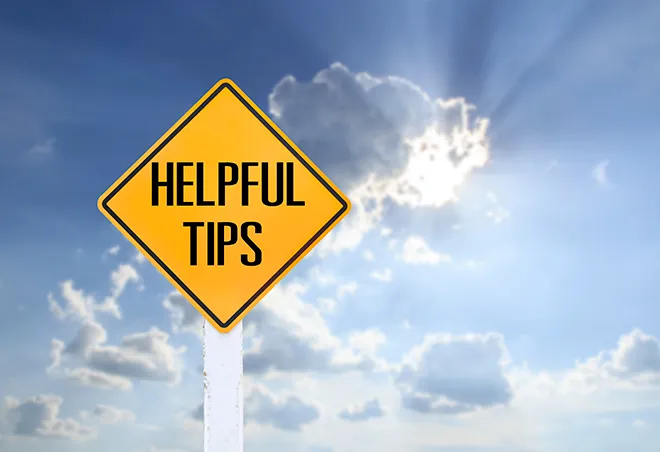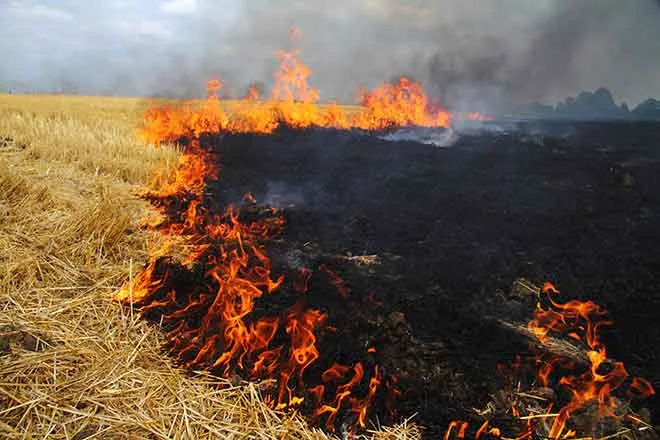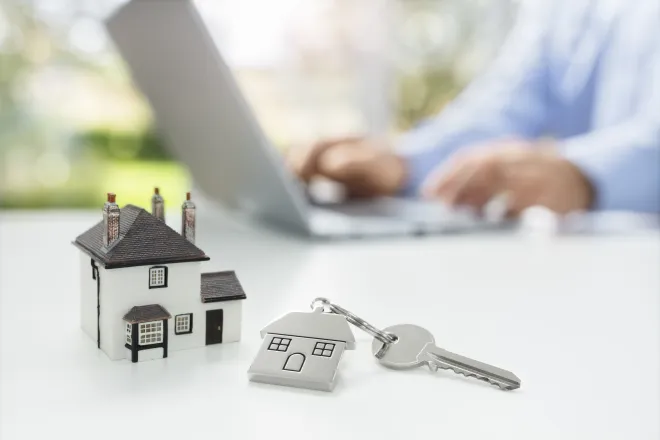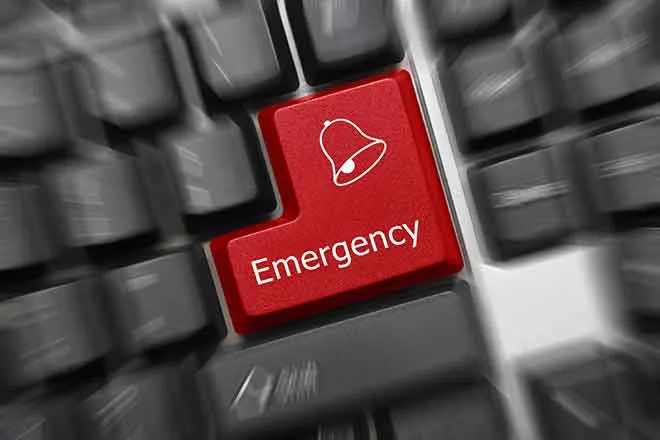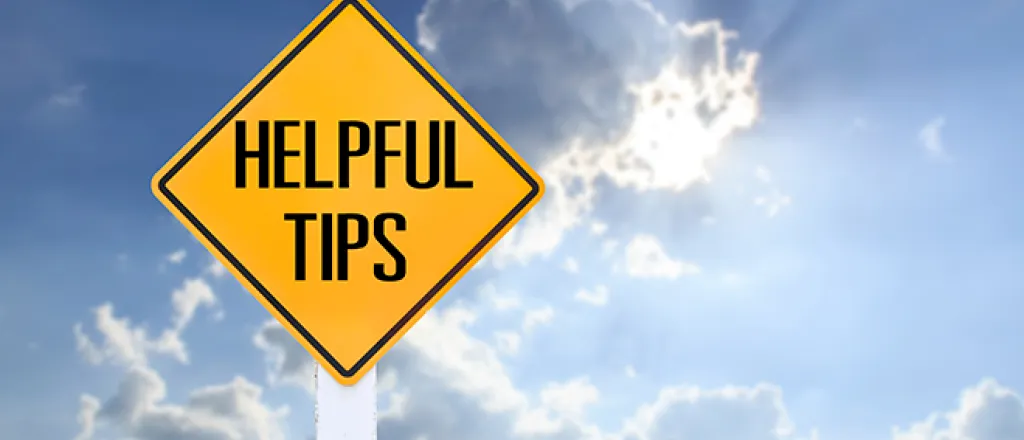
Preparedness Month - Practice and Build Out Your Plans
National Preparedness Month continues with the third week focus on practicing and building your plans. It also includes plans to reconnect with your family after a disaster. A family emergency communication plan is an essential component of emergency planning.
How do you get in touch with your family when a tornado warning occurs near your home and you are at work while your kids are at home? Where will you all meet up if you are not able to get home? Make sure you have a plan to reconnect even if your kids are at school during a disaster. If something happens while your kids are at school you will need to have a plan ahead of time to reconnect. One of the most important steps you can take to prepare for an emergency like this is to develop a Family Communications Plan.
Family Communications Plan
A family communications plan lays out how you would contact each of your family members in the event of an emergency. It also lists important phone numbers and a family meeting place. Creating a family communications plan may sound like an intimidating task, but it is really something that can be completed in minutes.
- Fillable templates are available to help create your own plan.
- Sit down with your family and discuss contact procedures and important numbers.
- Make sure that each member of your family has a printed or written copy of your plan and knows what to do in the case of emergency.
One of the most important components of a communications plan is establishing an out-of-state contact person. This should be a number that all family members know. The number is used to call to check in in the case of an emergency. The reason that having this number is so important is because someone out of state is not likely to be affected by the same disaster you are. This person may also be easier to contact if local phone lines are jammed.
Finally, make sure each member of your family knows how to use a cell phone to send text messages. When voice lines are overloaded, text messages often still work. Also make sure you know important phone numbers or have them written down and carried in your purse or wallet. If you had to call your family but your cell battery died would you know their numbers? During a disaster you may lose your cell phone or your battery may die. Make sure you memorize important phone numbers or at least write them down in an easy to remember location.
Rebuilding after a disaster or other emergency is challenging. In these stressful circumstances, having access a family communications plan and access to important records is crucial for starting the process of recovery quickly and efficiently. Taking the time now to create your family plan and collect and secure critical records will ensure that you can reach your family members during an emergency and have the documentation needed to start the recovery process without delay.
Resources


